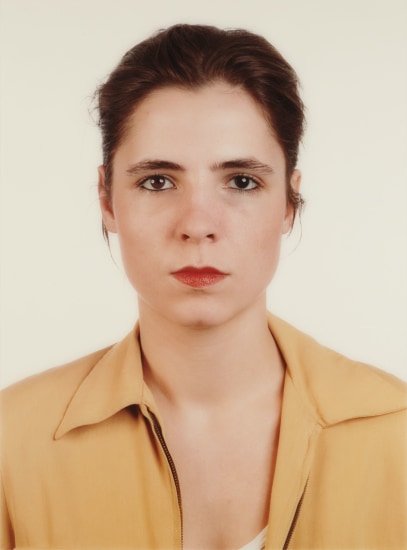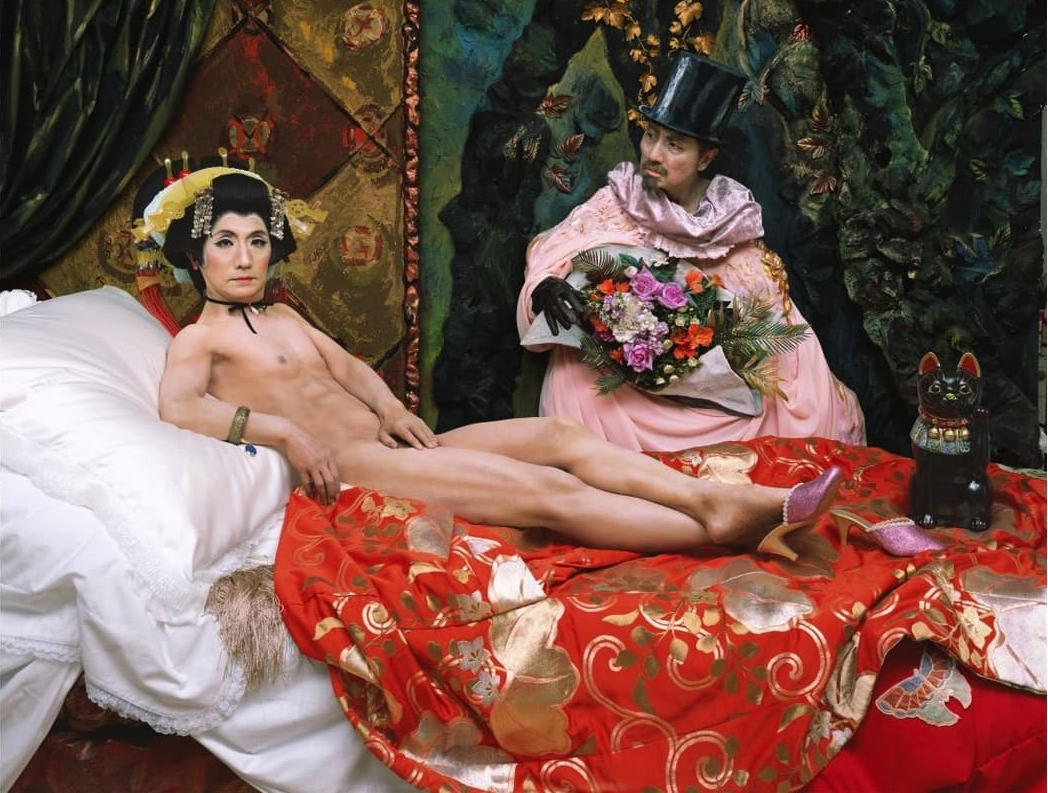Geoffrey Batchen in Forget Me Not: Photography and Remembrance (Batchen, 2006) discusses both why people might take portrait photography and some of its uses. Here is a brief summary with some added thoughts.
- Many early pictures were taken of people looking at other pictures or equally looking at photo albums again. Why was this? Was it so that you could acknowledge the memories of someone who is deceased? Or is it so that you can acknowledge ‘I am (alive)’?
- This reminded me of the Masahisa Fukase work of portraits of his family where after the death of his father he included a photograph of him in the place he would normally sit.
- Being pictured with a portrait of somebody who is dead or absent turns the portrait taking into an act of remembrance
- Is a photograph actually a good way of remembering things? It is certainly nostalgic but not the same as real memory as you do not see the way they moved, the way they spoke, or the way they felt.
- Barthes certainly did not think photographs were (as good as memory) because you lost the sensation related to memory
- Kracauer thought that photography captured too much information (!) and was too coherent and too linear unlike malleable internal memory (see essay in the Mass Ornament) (Kracauer, 1995)
- Early pictures could be complicated by being covered in layers of paint which again took away from the reality of the person and possibly surrounded by elaborate borders.
- This is still done in the elaborate scrapbooks that are made today – many with images of children and pets.
- Sometimes portraits were gathered together in patterns surrounded by elaborate borders made of paper or ribbons (or even made into a cushion) to make photographic keepsakes
- This causes a form of collective identity – they could be family snapshots or cultural groupings
- Think of the Adamson and Hill pictures that led to a painting of the Moderators of the Church of Scotland
- Any photograph that has additional work done on it such as painting or embroidery also has a tactile element to it. This add to the actual feeling from a printed photograph.
- The way photographs are made at least in the pre-digital world could be considered as a chemical fingerprint in itself.
- Photographs were also made into wearable items such as lockets and broaches and even rings (although they would be very small in this case).
- Many of these were family objects exchanged in marriage as well used as mourning items. Others were made into artifacts such as boxes that could contain important items – this turns what is effectively a flat object into three-dimensional object and increases the personalization of it.
- Pictures could be further personalized by adding signatures or other writing. These pictures can be used as a remembrance object. They can also be added to albums and passed around members of the family in an album. In an album of photographs are sequenced and can in fact be moved around within the sequence.
- The photograph might be made into a more three-dimensional object including things like fancy frames, carved items, and even bronze baby boots!
- Hair was also used, both loose and plaited, to act as a memorial/reminder of a person. This was sometimes given us a love gift, sometimes used as a morning aid. The hair stands in for the body of the absent person (therefore the indexical nature of the image becomes doubled. It may become a fetish object or a talisman.
- Were the complex and complicated memorial items such as photographs surrounded by wax wreath made to help you remember because you were afraid of forgetting? Making these items was often done by a member of family and would have been very painstaking – a labour of respect and possibly made to allow the grieving process to take its time. The objects can be very complex and the sheer materiality of them is important.
Back to the question of does photography enhance memory or rather replace it? The more that is added to the picture the more physical it becomes and the more the senses are involved. A photographic image that can be multiplied with endless copies – but altering it make it become more unique. They are shown in the space between the public and the private. They become a memory object in themselves. The photograph is a desire not to be forgotten, both the person in the picture and the owner/viewer – ourselves.
References:
Batchen, G. (2006) Forget me not: photography & remembrance. New York; London: Princeton Architectural; Hi Marketing.
Kracauer, S. (1995) The mass ornament: Weimar essays. Translated by Levin, T.Y. Cambridge, Mass: Harvard University Press.










